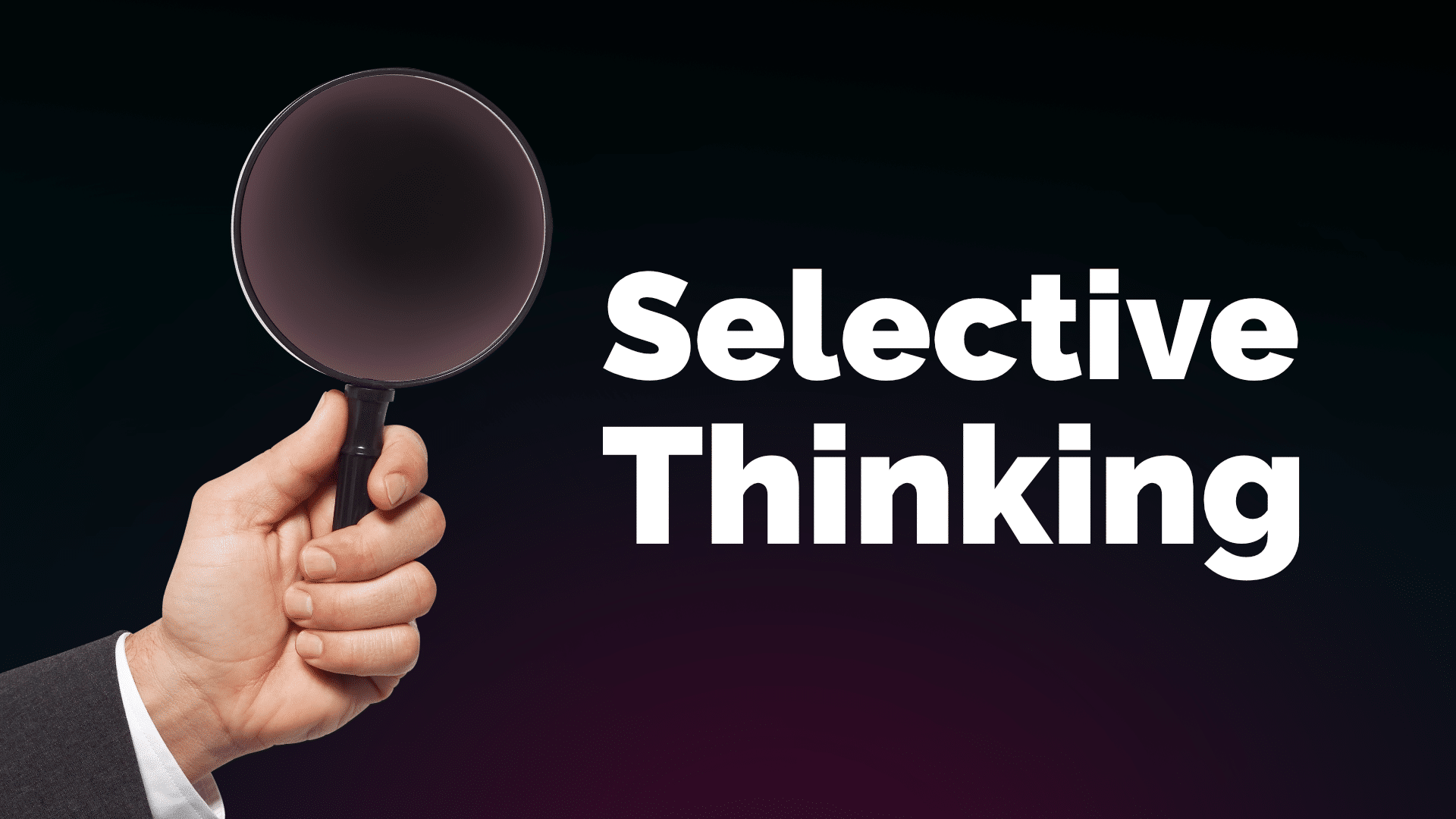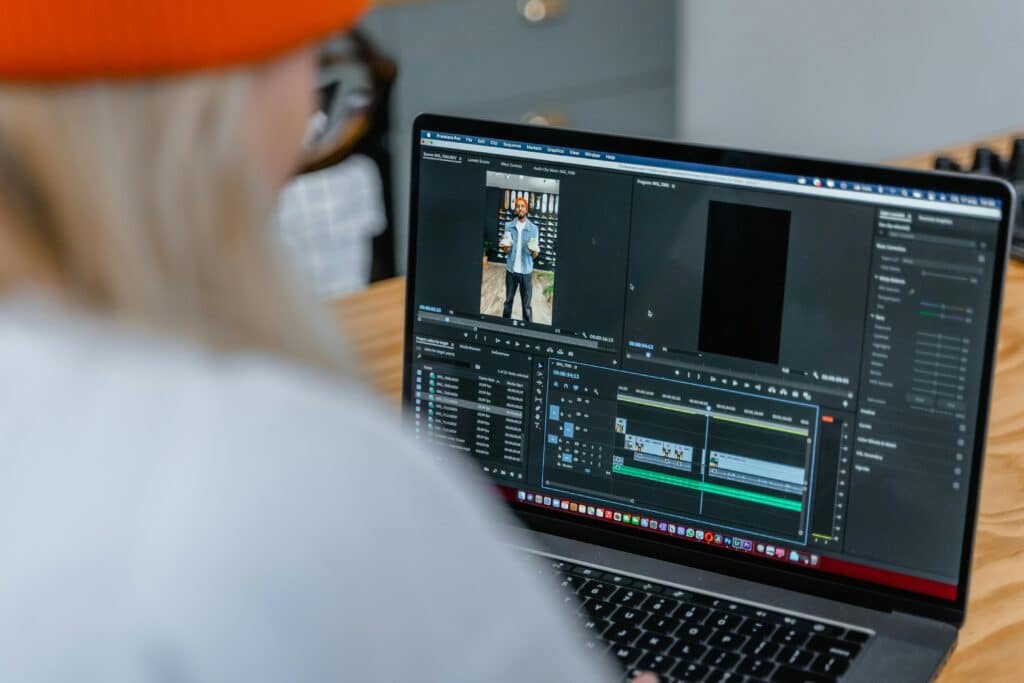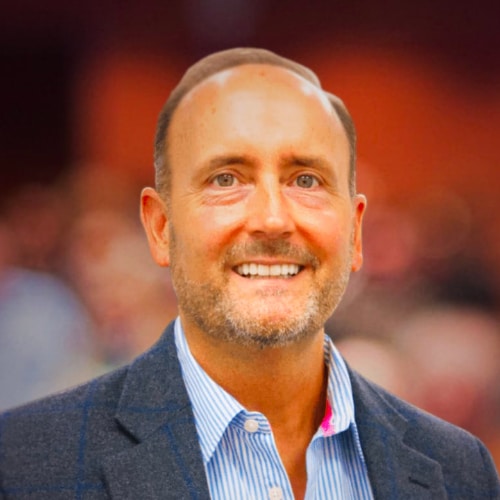October 3, 2024
Selective Thinking – A Positive Influence on Motivation But A Dangerous Trap for Creativity

The eminent philosopher, Sir Francis Bacon, is quoted as saying, “The human understanding when it has once adopted an opinion draws all things else to support and agree with it.”
This quote does a terrific job of summing up selective thinking. Generally speaking, it’s our tendency to favour information that confirms an existing belief or preconception, regardless of whether the information is true. For instance, we might have long ago reached an opinion that a particular colleague is lazy. If we see them miss a project deadline or come in late, we’ll be quick to take this as validation of our belief. And on the same lines, if we were to see them perform outstandingly at a certain task, we may well ignore it or discredit it as a ‘one off’. In both cases, we’re being selective in what we pay attention to whenever we come to think of this colleague.
“A man sees what he wants to see, and disregards the rest.”
Paul Simon, American singer and songwriter
What’s remarkable about selective thinking is that it has the potential to be both extremely dangerous and tremendously fantastic. To this end, you have to be mindful of how it works as the consequences of not knowing can be disastrous when solving problems and making decisions.
Theories, beliefs and opinions are useful to us in our everyday lives. They help us to sort information, define patterns that we can take for granted and operate efficiently in a constantly changing world. The problem is that theories and opinions, once formed, can be infuriatingly obstinate and resistant to change, closing off our minds instead of opening them up to consider new opportunities. Let’s look at an example. A belief in thrift and economic prudence can be a valuable asset at times as it helps you practise caution in how your organisation’s resources are used. On some occasions however, it can be a major impediment. If you’re exploring investment in research and development or new marketing strategies you’ll be inclined to go for the least costly approach almost every time, excluding other potential outcomes or possibilities. By sticking to this belief religiously, you mentally imprison yourself whenever you need to make a decision that might involve financial risk.

Unsurprisingly, this type of thinking can be potentially ruinous during the creative problem solving process, especially when applied at the wrong times. If you’re selective at the generative or analytical stage of the process, you risk becoming narrow-minded and self-righteous, and might even refuse to confront the facts before you – all damaging thought behaviours for what you’re trying to achieve. This is because you haven’t followed enough of the process to gather and objectively evaluate all relevant information and aspects of an issue before deciding which side to take. At the beginning of a problem solving process, it’s important to open up new pathways and consider alternate options instead of charging forward with the first decent idea. Instead of getting mentally involved, you need to be playing the field! Similarly, when evaluating ideas, it’s critical that you don’t shut out seemingly irrelevant facts or data as they may turn out to be pivotal to the final decision.
“The profit of great ideas comes when you turn them into reality.”
Tom Hopkins, Author of ‘How to Master the Art of Selling’
Despite these dangers, selective thinking is definitely not something you should completely reject. Used positively, it can be an immense and powerful force for turning your ideas into reality. Strong belief and conviction are vital for driving an idea forward to successful implementation and for motivating yourself to do what it takes to reach your desired goals. Selective thinking can play a momentous role at the end of a well-managed and objective decision making process in actually making things happen. In other words, it’s what makes you switch from thinking into doing.
Do tools drive creativity?
An example of how modern technology leads us into selective thinking:
A good software tool is an extension of the brain. It helps us structure our thoughts and externalise our creativity simply and effectively. As technology advances, software tools are becoming more and more powerful and complex. While these developments are great for increasing our productivity, they don’t always spell good news for our creativity. What we see happening today is that, instead of our brains driving the tools, the tools are driving our brains!
Frédéric Vève, CEO of French communications agency Communiquons.Biz, got wise to this several years ago. He noticed that in creative tasks such as video editing, it was possible to recognise the software that the editor had used by the way the film was set up. It became clear that editors were falling into habits while using some of the more complex tools. To avoid this predictability, he developed a practice of switching the software the editing team used on a regular basis, bringing on board non-mainstream, less well-known tools. The impact of this? Changing the software altered the way the editor approached the task and opened their mind to be more creative.

The same pattern occurs when we allow our beliefs and opinions to drive our decisions i.e. when we’re being selective. All too often we get stuck in habitual thinking and end up running along the same old lines. By taking control of our selective beliefs, we allow our creative genius to be unleashed and directed to exactly where we want it to be.
Selective thinking is a bit like power. Power has the potential to be used in a positive or negative way. When we abuse power, it can be harmful and damaging, but when we use power to turn a vision into reality, it’s a good thing.
A Natural Impulse…
The occurrence of selective thinking during problem solving isn’t a sign that a person lacks intelligence; it’s simply a natural bias reaction of the human mind. Once you have a theory or belief, your mind works very cleverly to seek confirming evidence. The problem is that beliefs can easily slip into prejudices and you can become overconfident (or pig- headed!) in what you perceive to be true. This results in ‘tunnel vision’ as your conceptual framework limits what you see around you.

“Smart people believe weird things because they are skilled at defending beliefs they arrived at for non-smart reasons.”
Michael Shermer, Scientific American, Sept 2002
If you’re at a stage where you need to generate or evaluate ideas, being selective in your thinking can lead to a major failure to consider what the philosopher and mathematical trader, Nassim Nicholas Taleb calls ‘Black Swans’ – a term introduced in his best-selling book The Black Swan. These are the highly important but unexpected events that catch you by surprise because they render standard predictions and explanations worthless. Biased thinking and closed-mindedness leave you exposed to unpredictable forces which can end up yanking you away from where you want to be. Under these circumstances you’re apt to make snap judgements which are more likely to be influenced by silly details rather than well thought out considerations. In short, you end up being reactive instead of proactive and, consequently, risk losing control of your entire situation. These deadly perils all stem from rushing into selective thinking and neglecting to apply a careful and comprehensive process to how you solve problems.

“Minds are like parachutes, they operate only when open.”
Sir Thomas Dewar, Scottish whisky distiller and salesman
During a typical discussion or meeting, it’s natural that you’ll want to put forward your point of view on a particular matter. Once you’ve done this however, your brain will instinctively look for ways to strengthen and build upon this viewpoint for the remainder of the discussion. Unless someone has a fantastically strong counter-argument that changes how you see things, your selective thinking will have set you down a certain path that can be difficult to retract.
To use an example, let’s say you’re embarking on a flight around the world and, in your eagerness to set off, you happen to be one degree off target – just slightly out of line with your final destination. While this deviation might not seem very much when you first set out, by the time you’ve travelled 1,000 miles, you would be approximately 17 miles off course. And by the end of the journey, you would land almost 500 miles off target. That’s if you don’t run out of fuel before then! By failing to establish the correct path before setting off, you’ve allowed yourself to end up a huge distance from where you want to be.

This is the exact risk you take with your thinking if you’re selective too early during a problem solving situation. When you apply strong belief, conviction and commitment without having gone through the necessary prep work, you can very easily end up miles off course.
As we’ve seen, most of us are inclined to jump straight into selective thinking mode – we make up our minds before all options are on the table. It takes a concerted effort to control this natural impulse by using a careful process. The Solution Finder doesn’t have to be followed exhaustively for every single decision, but for key issues that dictate a significant change in direction or use of someone’s time, it’s important to go through all the stages to maintain clarity of thought and objectivity. What you’ll find is that, far from being a negative thing, selective thinking becomes a powerful and motivational instrument in the final part of the process when you need to craft your solution and put it into action.
“Ideas won’t keep. Something must be done about them.”
Alfred North Whitehead, British mathematician and philosopher
The Power of Selective Belief
Exceptional people who achieve amazing things in life do so because they have belief and conviction in their ideas. Through material such as The Secret by Rhonda Byrne (the author and television producer best known for her work in the self-help arena), we can understand the power of faith and belief in materialising what we desire in our lives. This is based on the ‘Law of Attraction’ which works on the premise that whatever you deeply believe at the subconscious level, you attract. And Norman Vincent Peale’s The Power of Positive Thinking demonstrates how positivity and faith in ourselves can make good things happen.

It’s not an exaggeration to say that most people end up pursuing the wrong goals because they get caught up in selective thoughts far too early. You have to be vigilant in how you use selective thinking because it’s such a remarkable and formidable force. The positive value of selective thinking is experienced only at the end of the process when everything culminates so that the power of our beliefs can propel us forward to achieve what we want.
Selective Thinking in its Rightful Place
What should have become clear by now is that selective thinking has excellent merits when used correctly as part of a process. Generative thinking produces piles of ideas for us to consider at the beginning of the problem solving process but, if we were to use it all the time, we would be constantly broadening and exploring and would never get anywhere! Through analytical thinking we can get as far as deciding on a solution, but this is still not enough. Finding the solution doesn’t mean the problem is solved. A creative idea needs to be actioned effectively if it’s to succeed and this is best achieved if you believe in it passionately and conclusively. You have to have conviction and commitment to make the solution work. Selective thinking is a decidedly useful feature for helping us put together our goals and plan of action to carry the solution forward to fruition. It’s what allows our minds to concentrate wholly on what we need to do without getting overwhelmed or distracted by other people, data and events.
Selective thinking also has a positive influence on your motivation. If you believe in something wholeheartedly, it’s much easier to motivate yourself to get up and do what needs to be done to make it happen. Have you ever noticed that if you’re implementing something you’re not quite sure about, you’re much less motivated to do it? This uncertainty is the result of rushing into a decision without exploring the situation thoroughly. When you pause to view a situation from all angles and perspectives, you can, in due course, form the right conclusions about it.
“An idea that is developed and put into action is more important than an idea that exists only as an idea.”
Edward de Bono, Author, consultant and inventor of ‘Lateral Thinking’
Applying selective thinking correctly in line with a sound and careful process helps you set up a productive climate for achieving a first-rate performance. Keep in mind that this doesn’t mean you can’t change your solution later on. It’s still important that you revise your beliefs and ideas when confronted with conflicting evidence. It’s one thing to have belief, but another to be dogmatic in the face of undeniable signals for a different course of action.
Out of all the modes of thinking, selective thinking is the mode I believe people have to be most wary of when working through the decision making process. It’s the mode that most of us automatically switch into when we have an idea – we immediately try to back it up. If we’re selective too early, we risk reinforcing the wrong initial ideas. By understanding the modes of thinking, we can be mindful of this happening and avert ourselves from getting caught up in a vortex of selective thoughts at the wrong times. On a positive note, selective thinking is absolutely vital once we’ve reached our decision so that we can follow our vision to the end. It’s what ultimately helps us reach our dreams.
